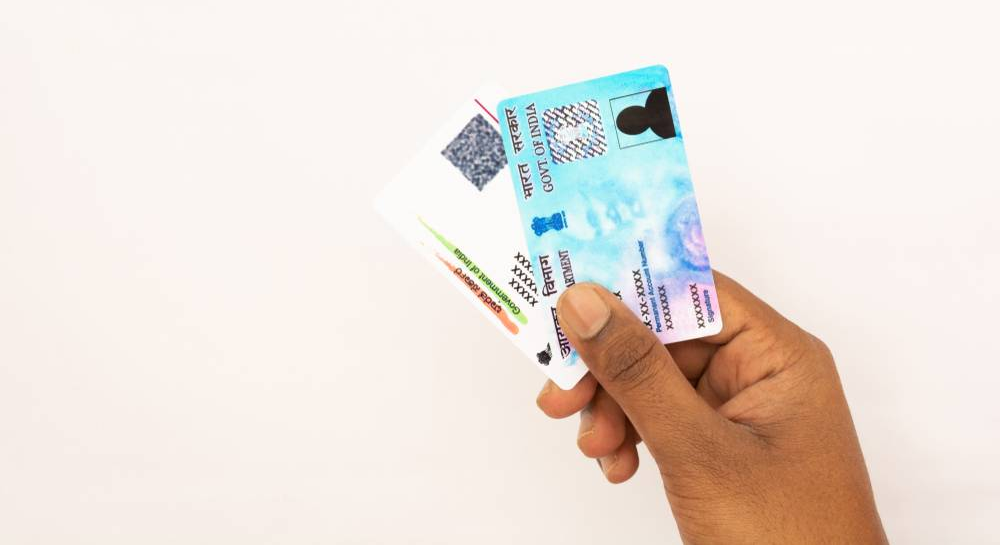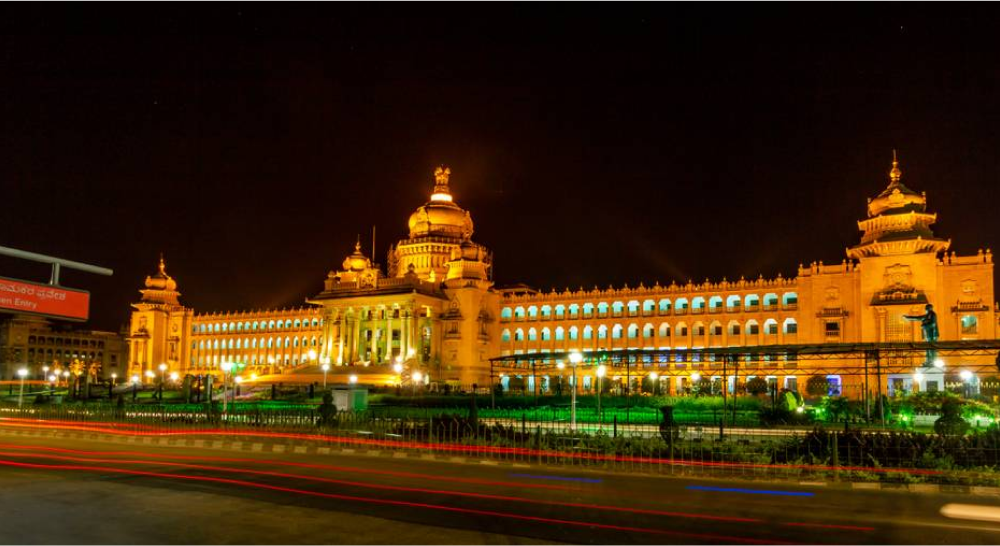 Last updated: May 20th, 2024 2:26 PM
Last updated: May 20th, 2024 2:26 PM
Is a Trademark Registered in India Valid Worldwide?
No, when a business registers a trademark in India, it secures the exclusive right to use that trademark within the country. However, this registration does not automatically confer trademark rights globally. To protect your trademark in other countries, you must apply for trademark registration in each country where you want protection. This can be done directly in each country or through international systems like the Madrid System, which allows for a single international application covering multiple countries. Keep in mind that trademark laws and registration procedures vary by country. It's advisable to seek guidance from IndiaFilings IP Experts when seeking trademark protection in multiple jurisdictions. Our experts can help you secure international trademark registration. [shortcode_106]The Importance of Trademarks
A trademark encompasses any identity, symbol, word, or combination of words, symbols, and numbers that give a business a distinct identity. In today's market, the economic value of a trademark is immense, as consumers heavily rely on a company's brand image when purchasing products or services. Furthermore, a trademark is a crucial intellectual property right. It enhances your brand's popularity by creating visual cues that signify its quality and status. These cues serve as unique selling points, enabling businesses to stand out. Also read - Can Foreigners Apply for Trademark Registration in India?Are Trademarks Registered in India Valid Throughout the World?
As mentioned above, trademarks are granted on a geographic basis; a trademark registered in India is not valid globally. Trademarks registered in India are primarily territorial, meaning their rights are limited to the jurisdiction where the mark is registered. A trademark registered with the Indian Trademark Office is valid within the territorial boundaries of India. This registration protects against infringement and allows the trademark owner to enforce their rights against unauthorized users operating within the country. To protect your trademark in other countries, you must file a separate trademark application in each country where protection is desired. International conventions like the Madrid Protocol offer a centralized registration system, allowing trademark protection across multiple member countries with a single application.Indian Trademark Registration
When registering a trademark in India, it is essential to understand the scope and limitations of the protection it offers. Here’s a detailed overview:National Scope
A trademark registered in India under the Trade Marks Act of 1999 provides protection exclusively within the geographical boundaries of India. This means:- Enforceability: The trademark rights are enforceable only against infringements that occur within India. If an unauthorized party uses the trademark within Indian territory, the trademark owner can take legal action to prevent further misuse and claim damages.
- Legal Framework: The protection is governed by Indian laws, and Indian courts and authorities will handle any disputes or enforcement actions.
No Automatic Global Protection
Trademark protection is inherently territorial. This implies that registering a trademark in one country does not extend protection to other countries. Here are the key points to consider:- Territorial Limitations: A trademark registered in India cannot be enforced in other countries unless it is also registered there. Each country has its own trademark laws and registration processes.
- International Expansion: If a business wants to protect its trademark in multiple countries, it must register it in each country. This ensures that the trademark owner can enforce their rights in those jurisdictions against any unauthorized use.
How to Obtain Worldwide Trademark Protection: Two Key Methods
Securing worldwide trademark protection is essential for businesses looking to safeguard their brand globally. Two primary methods to achieve international trademark protection are using the Madrid System and filing separate applications in each country.1. Utilizing the Madrid Protocol
The Madrid System, administered by the World Intellectual Property Organization (WIPO), offers a streamlined process for international trademark registration. Here’s how it works: Single Application:- Filing Process: You can file an international application through your home country’s trademark office (e.g., the Indian Trademark Office).
- Designate Countries: In the application, you can designate multiple member countries where you seek protection.
- Centralized Handling: WIPO processes the application and forwards it to the trademark offices of the designated countries.
- National Examination: Each designated country examines the application according to its own laws and either grants or refuses protection.
- Simplified Process: The Madrid Protocol simplifies obtaining international protection by allowing for a single application covering multiple countries.
- Cost-Effective: It is more cost-effective than filing individual applications in each country.
- Centralized Management: Manage your international registrations through a single system, making renewals and changes easier.
- Dependence on Basic Application: If the basic application in the home country fails within five years, the international registration can be affected.
- Country-Specific Examination: Each designated country will still examine the application independently and may refuse protection based on their national laws.
2. Direct National Registration
To protect your trademark in specific countries, you must file separate applications in each jurisdiction where you seek protection. This involves: Individual Applications:- Filing Process: Submit separate applications directly to the trademark offices of each target country.
- Local Requirements: Each country has legal requirements and trademark registration procedures.
- Local Expertise: Hire local trademark attorneys or agents to navigate each country's specific legal requirements and processes.
- Compliance: Ensure compliance with each country’s trademark laws and regulations.
- Tailored Protection: Provides tailored protection based on each country's laws and requirements.
- Independent Registration: The registration in one country is independent of others, reducing the risk associated with dependence on a single application.
- Complexity and Cost: It is more complex and expensive than using the Madrid System due to the need to file and manage multiple applications.
- Time-Consuming: The process can be time-consuming, requiring significant administrative effort to handle applications in multiple jurisdictions.
Conclusion
A trademark registered in India is not valid worldwide. Trademarks are granted geographically, meaning their protection is limited to the country where they are registered. In the case of India, a trademark registered with the Indian Trademark Office provides exclusive rights within India's territorial boundaries, allowing the owner to enforce their rights against unauthorized use within the country. To protect a trademark internationally, businesses must apply for trademark registration in each desired country. This can be achieved by filing separate national applications in each country or using the Madrid Protocol, which allows for a single international application covering multiple member countries.IndiaFilings Expert Assistance for International Trademark Registration
Whether you want to apply for international trademark registration using the Madrid Protocol or prefer to file separate applications in each country, IndiaFilings experts are here to help you. Our team of experienced intellectual property professionals can guide you through the complexities of global trademark registration, ensuring your brand is protected in all your markets. With our expertise, you can confidently navigate different jurisdictions' legal requirements and procedures, securing the international trademark protection your business needs. [shortcode_106]Popular Post

In the digital age, the convenience of accessing important documents online has become a necessity...

The Atalji Janasnehi Kendra Project that has been launched by the Government of Karnataka...

The Indian Divorce Act governs divorce among the Christian couples in India. Divorce...

When an individual has more than a single PAN card, it may lead to that person being heavily penalised, or worse,...

Employees Provident Fund (PF) is social security and savings scheme for employee in India. Employers engaged...


